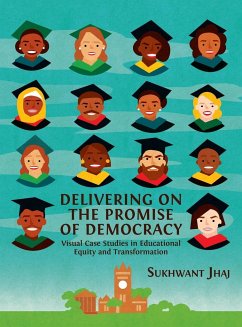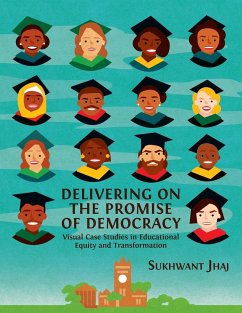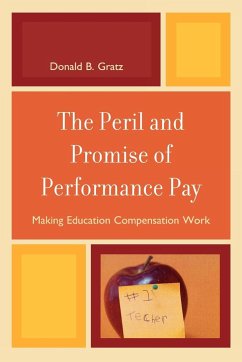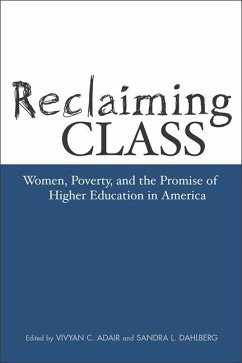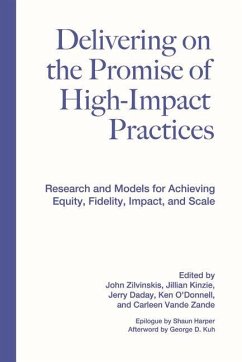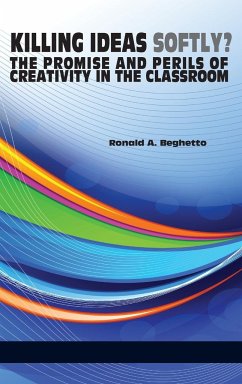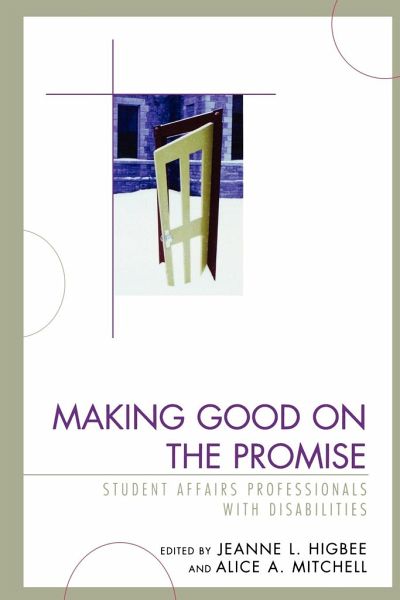
Making Good on the Promise
Student Affairs Professionals With Disabilities
Herausgeber: Higbee, Jeanne L.; Mitchell, Alice A.
Versandkostenfrei!
Versandfertig in 1-2 Wochen
55,99 €
inkl. MwSt.

PAYBACK Punkte
28 °P sammeln!
This book gets to the heart of the experience of student affairs professionals with disabilities, to the curricular changes needed in preparation programs for that profession, to the role and appropriate action needed by allies, and to resources that all can use in the education of self and others.






